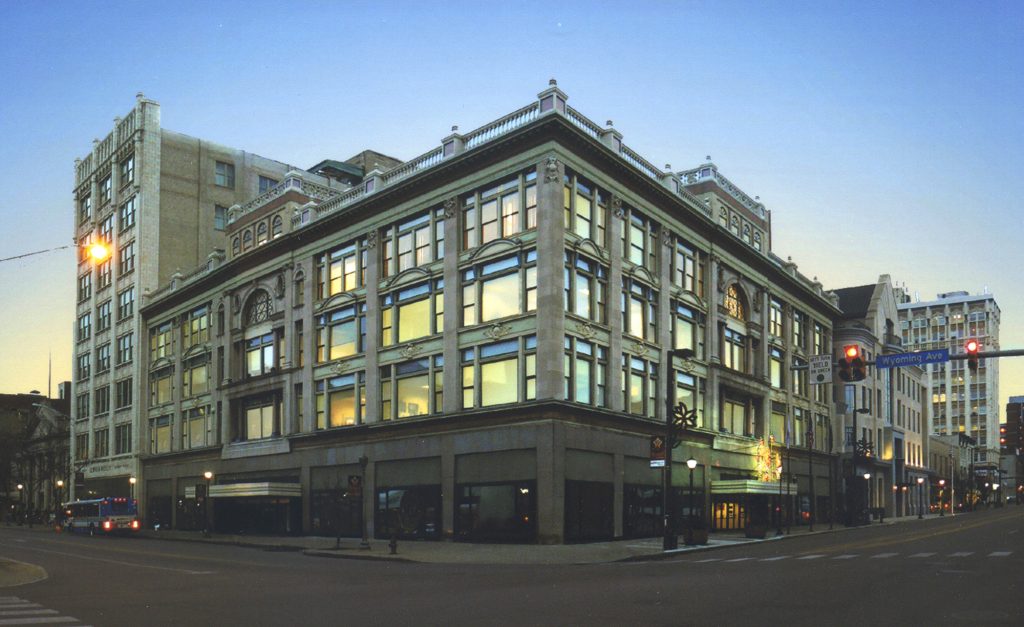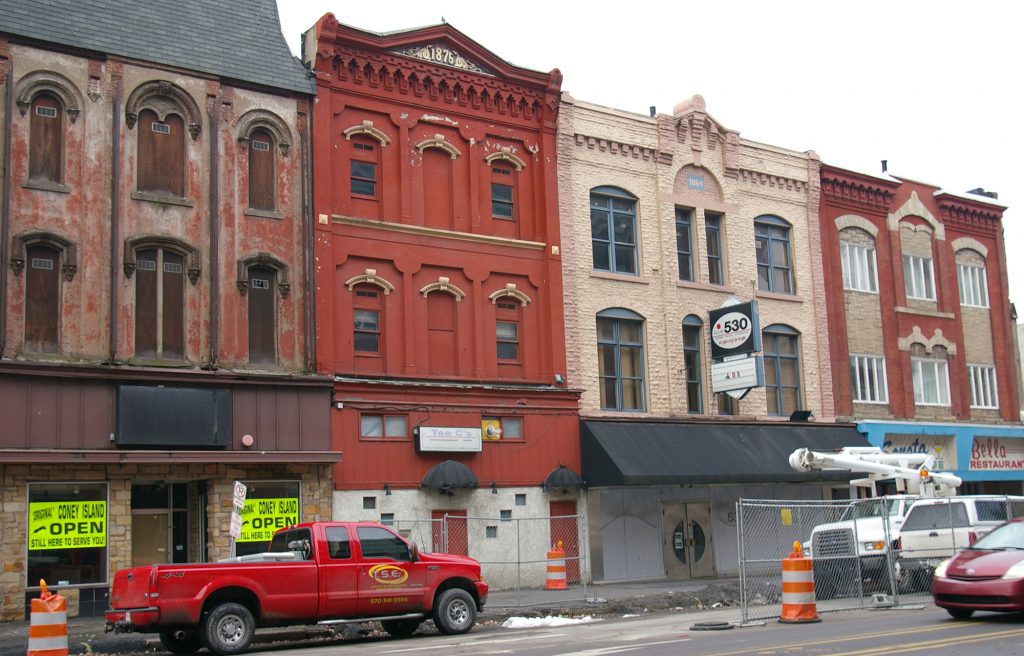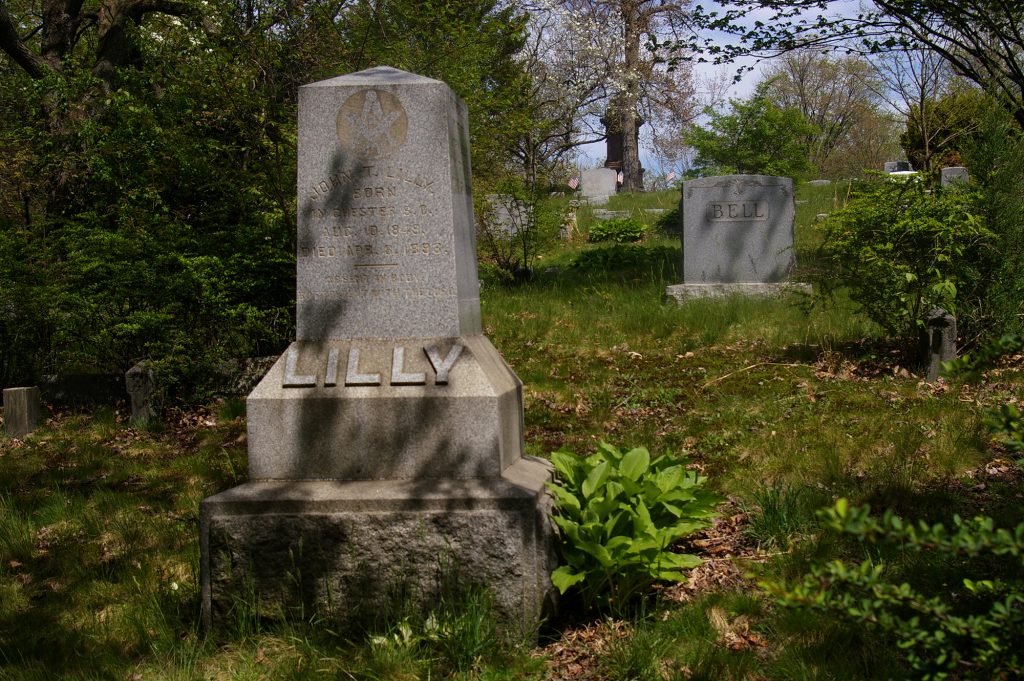REVERBERATIONS + UNEXPECTED LETTERS
What promise do medium-size cities, like Scranton, hold for the future?
In the last several decades, cities have gone from being perceived as places of crises to places of prosperity. The unfortunate gentrification that has accompanied this change has resulted in a huge disparity of wealth and a lack of diversity. How will large cities fare following Covid-19? For the same reasons that Jane Jacobs’s parents chose to move to Scranton in the nineteen-aughts, young people and immigrants today who are seeking the community, diversity, and economic opportunities offered by medium-size cities are again attracted to Scranton. We would do well to understand the nature of such affordable and manageable places and the promise they hold.

Other websites of interest:
New Village Press
Center for the Living City
Becoming Jane Jacobs by Peter L Laurence
Jane’s Walks (Canada)
Jane Jacobs Walks (United States)
Learn about upcoming events from these organizations.


Letters from Scrantonians
“You really brought Jane and her time in Scranton to life. It’s also interesting to see your take on Scranton, as one who did not grow up there. I think you really got it! … Even though many [immigrants] started out in poverty, with children working in the mines, women working in unsafe factories for incredibly long hours, there was opportunity immediately to become educated and to work your way up. There was some strife among the different ethnic groups, but nothing like “No Irish Need Apply.” All workers were needed. Some of my Irish immigrant ancestors were immediately able to buy property, to open hotels, and so forth.” —Poppy C.
“Those of us who proudly claim Scranton as our first city are forever mindful of the impact that experience has had…. After graduating high school, many saw the future somewhere else, and left never to return. [Yet] it is amazing how Scranton has remained such a big part of our identity and that we are so proud of it. The power of this attachment, in no small way, is a result of the relationships we made and the community which supported us and made us feel secure. Enough of us have come away knowing how special it was…. We are so grateful for the dedication you gave to this project. We Scrantonians thank you for the gift you gave us.” —Alan E.
“Thank you for all your hard work & skill as a researcher and as a writer… and for telling me so much about a background that I didn’t know I had!” —Ron G.
“Wow. Everything is here … our principal Albert T. Jones mentioned, Community Chest, community inclusion. Commerce in Scranton during Jane Jacobs’s lifetime, Impressions, Girl Scouts applauded, Camp Archbald, you name it. Watching it was a walk through our lives there and the lives of our neighbors and family. Even the Mafia is mentioned … so much of “The Electric City!” —Dotsy S.
“What a beautiful and beautifully written book on my hometown. We always lamented it didn’t have skyscrapers. I saw my town through fresh eyes.” —Tim K.
Letters from Canadians
“It’s a terrific book. I have just started reading it and already like it. Unlike previous books on Jane, we get to ‘see’ where Jane grew up and ‘meet’ people who knew her long, long before the world met her.” —Toshiko Adilman, Jane’s longtime friend and neighbor in Toronto
“I’m grateful to my Albany Avenue neighbor Toshiko Adilman for introducing me to your wonderful book about Jane Jacobs and Scranton. I can imagine how Jane would have welcomed and admired the strong sense of place that you convey: the people, the history, the families, the buildings and the landscapes, as well as the changes over time. Your research is a gift for many different kinds of readers.” —Rusty Shteir